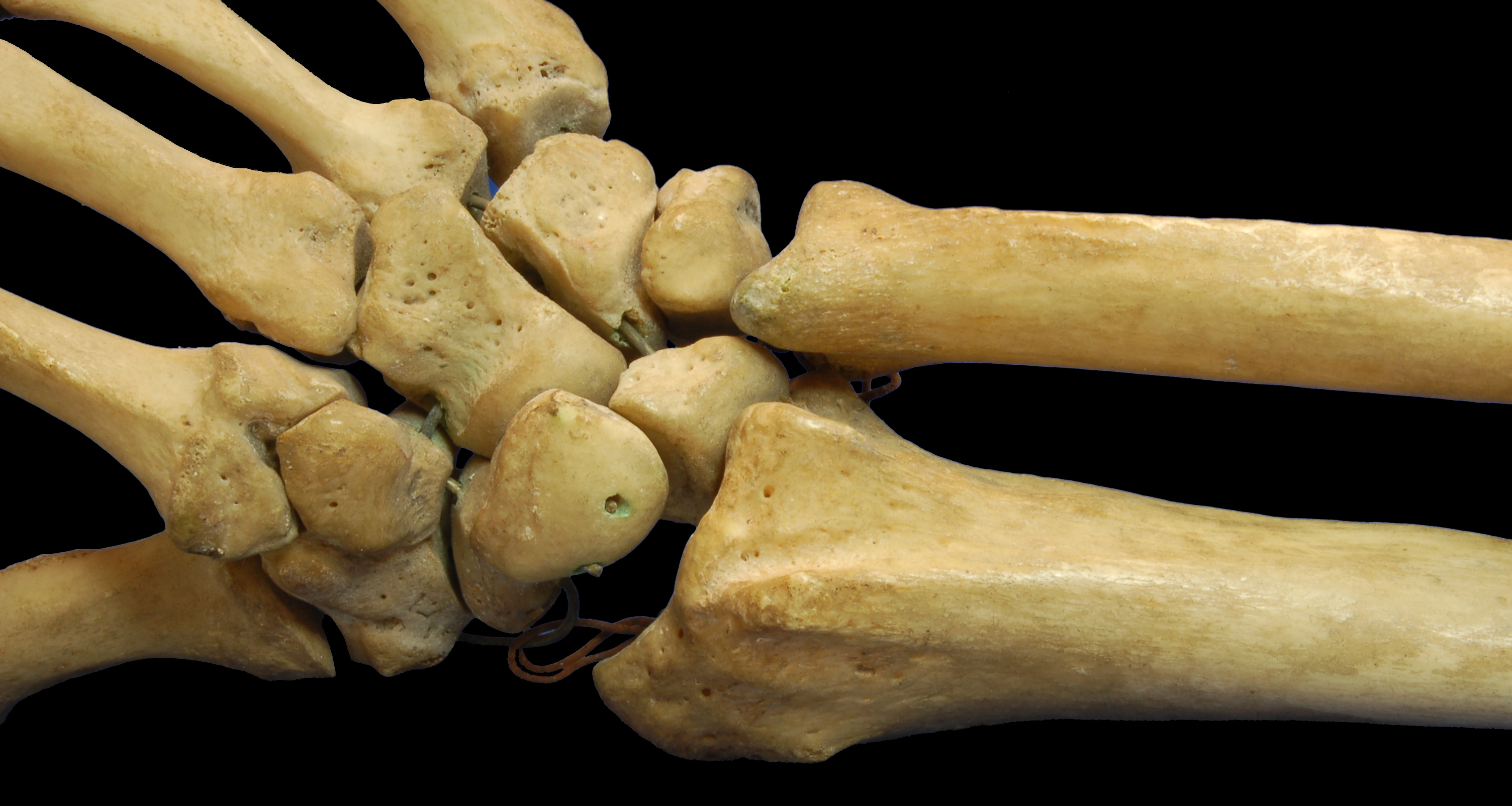 The best way to prevent osteoporosis in later life is to build strong bones before the age of thirty, long before most women consider bone density a health issue. In mid life, bone mineral density can be improved only a few percentage points, but fracture risk can be greatly lowered with exercise, nutrition, and good health habits.
The best way to prevent osteoporosis in later life is to build strong bones before the age of thirty, long before most women consider bone density a health issue. In mid life, bone mineral density can be improved only a few percentage points, but fracture risk can be greatly lowered with exercise, nutrition, and good health habits.
1. Bone building exercise is essential for maintaining and regaining strong bone structure or micro-architecture. Dense but inflexible bones are also vulnerable to fracture. Lean body muscle mass and overall strength are the best indicators of bone strength.
- Strength train to increase lean muscle mass using compound exercises twice a week for 30-45 minutes. Include exercises that effectively work hips and back. Muscle pulls on bone, adding bone-building pressure, tension, and stimulation. Exercise also delivers nutrients to bone. Focus on increasing the resistance load over time while maintaining perfect form. Avoid exercises that curl the spine forward if you have spinal osteoporosis—it’s perfectly safe to bend forward from the hip.
- Walk, snow shoe, run, or do other weight-bearing aerobics for another hour or more a week divided into 3 or 4 sessions. Swimming, biking, and using an elliptical machine are not effective bone builders because of low load and impact. Increase bone-loading when walking by using a back-pack with a progressive amount of weight. Don’t use hand or ankle weights that throw off the natural gait.
- Practice balance exercises to lower risk of falling.
- Keep flexible with stretching.
- If you’re pre-menopausal and have strong knees, high impact exercise such as jumping, skipping rope, or volleyball are excellent for increasing bone density. Post-menopausal women can add these forms of exercise if they’ve been strength training for six months.
2. Adult women need 1000-1200 mg of calcium a day from diet and supplementation. Good sources of 200-300 mg are 1 cup of high calcium cabbage family greens (kale, collards, rapini, mustard, turnip), 1 cup low fat yogurt, buttermilk or milk, 6 ounces of tofu, or 8 ounces calcium fortified orange juice. See high calcium food lists on the web. Use calcium supplements if you aren’t getting enough calcium from food, but try to eat a minimum of two servings or 600 mg of calcium a day from foods and then supplement with calcium citrate and magnesium to fill your requirement. Divide your supplements into servings of no more than 350 mg calcium (so you’ll be taking calcium a few times a day) and don’t take it with high bran cereals. Take half as much magnesium as you do calcium.
3. Supplement with at least 1000 IUs vitamin D3 in the winter or year round if you use a sun block or avoid exposing your skin to the sun. See “Recent Findings About Vitamin D and Our Health” for more information about this essential nutrient.
4. In addition to my own articles on bone health, you may be interested in Susan E. Brown’s Better Bones, Better Body or her website for more information about bone-supporting trace minerals.
5. Eat an alkaline producing diet: more fruits and vegetables and less animal protein and refined carbohydrates. See Better Bones for information about this.
6. Avoid crash dieting. Never lose weight quickly, as this promotes bone and muscle loss. If you are on a weight loss program, eat at least 1500 calories a day, burn a few more calories with extra exercise, and lose weight slowly at the rate of 4-5 lbs a month. Don’t skimp on nutrients while you’re cutting calories. Strength training will help prevent loss of muscle and bone while losing weight.
7. The following factors increase fracture risk:
- Under-nutrition, eating disorders, severe dieting, and amenorrhea
- Poor fitness levels
- Excess intake of processed foods containing high levels of salt, sugar, and unhealthy oils
- Either excess or inadequate protein (more than 100 g or under 45 g a day)
- Tobacco and alcohol
- Some prescription drugs, such as anti-convulsants, diuretics, cortisone and prednisone.
- Aluminum containing antacids—Rolaids, Maalox, Mylanta, Di-Gel, Gelusil
- Excess amounts of thyroid medication, resulting in hyperthyroidism
- Stress
- Poor digestion that results in low calcium absorption
- Lack of exposure to sunlight and lack of vitamin D
- Acid producing diet: excess animal protein and sugar with inadequate fruits and vegetables
- Excess phosphorus in diet: animal protein, processed foods, some preservatives
